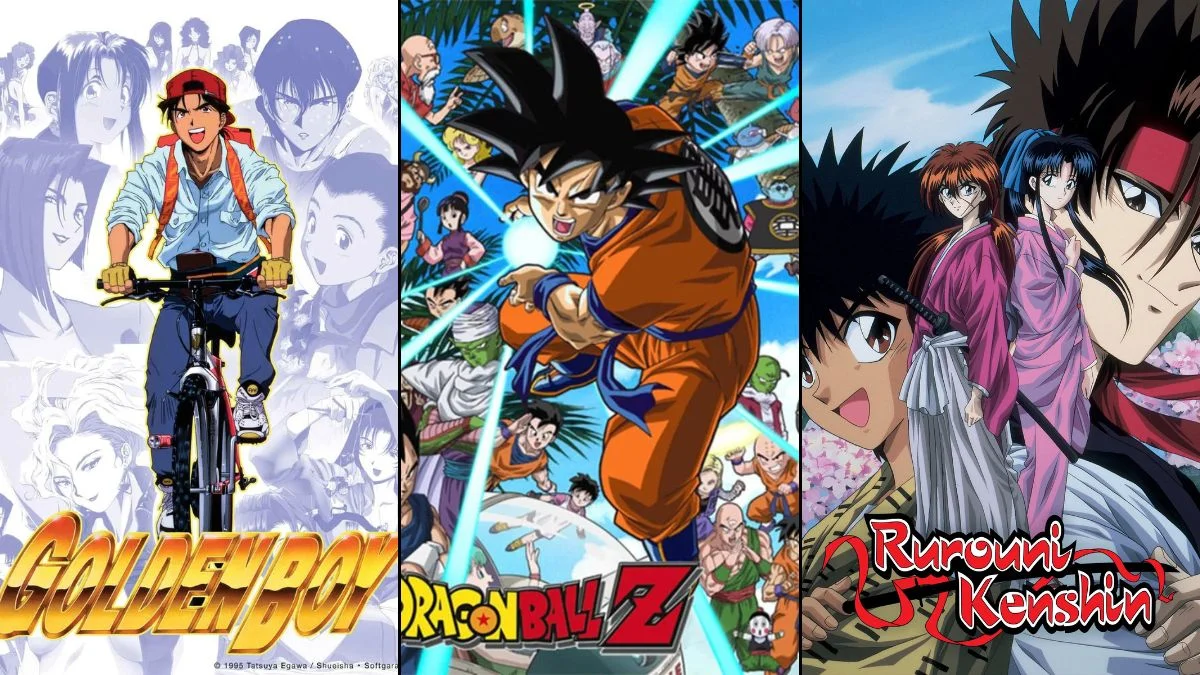
While many older anime remain beloved classics, they can feel a bit outdated today. The original animation quality, with standard definition and older screen formats, doesn’t always look great on modern TVs. Plus, storytelling styles from the early 2000s sometimes included lengthy side stories and predictable plot devices that aren’t as common in newer shows. These factors can make it harder to fully enjoy revisiting these older titles, even if they’re still significant.
‘Dragon Ball Z’ (1989–1996)

This series was originally made in standard definition with an older screen format, so when viewed on modern TVs, you might notice some graininess and visual distortions. Many of the home video releases have been altered – either by cropping the image or smoothing out the lines to reduce noise. The way episodes were originally broadcast also padded the runtime with repeated scenes and lengthy introductions, making it seem like there were more episodes than there actually were. Plus, each episode only covered a small amount of the original manga, leading to a lot of cliffhangers.
‘Naruto’ (2002–2007)
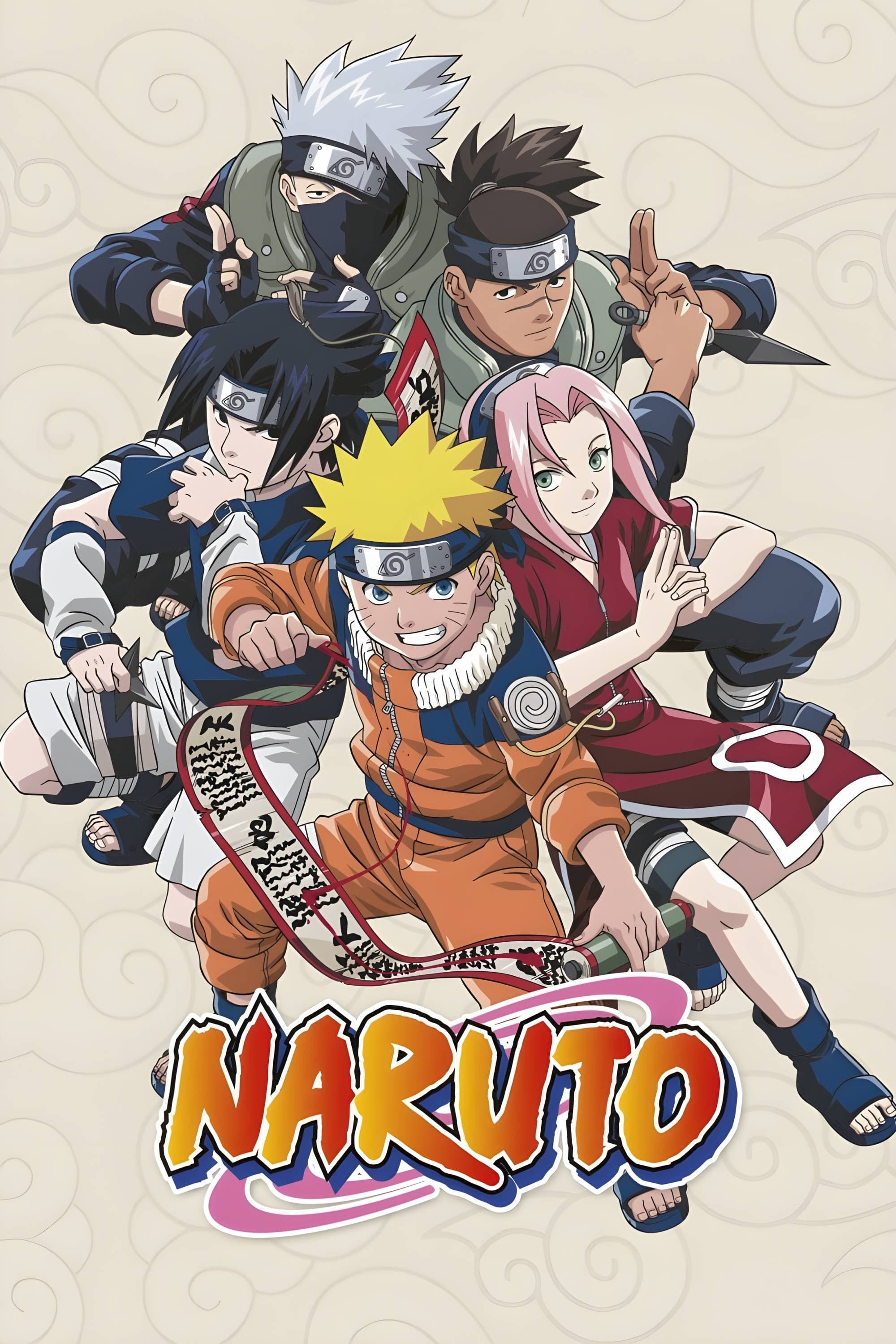
The show’s visuals, created with early digital coloring techniques, appear grainy and banded on modern, larger screens. Many episodes don’t advance the main plot and feel like filler. The quality of the fight scenes varies because the animators were often rushed to meet weekly deadlines. Finally, the original version was created for older TVs, so black bars will appear on the sides when watching it on widescreen displays.
‘Sailor Moon’ (1992–1997)
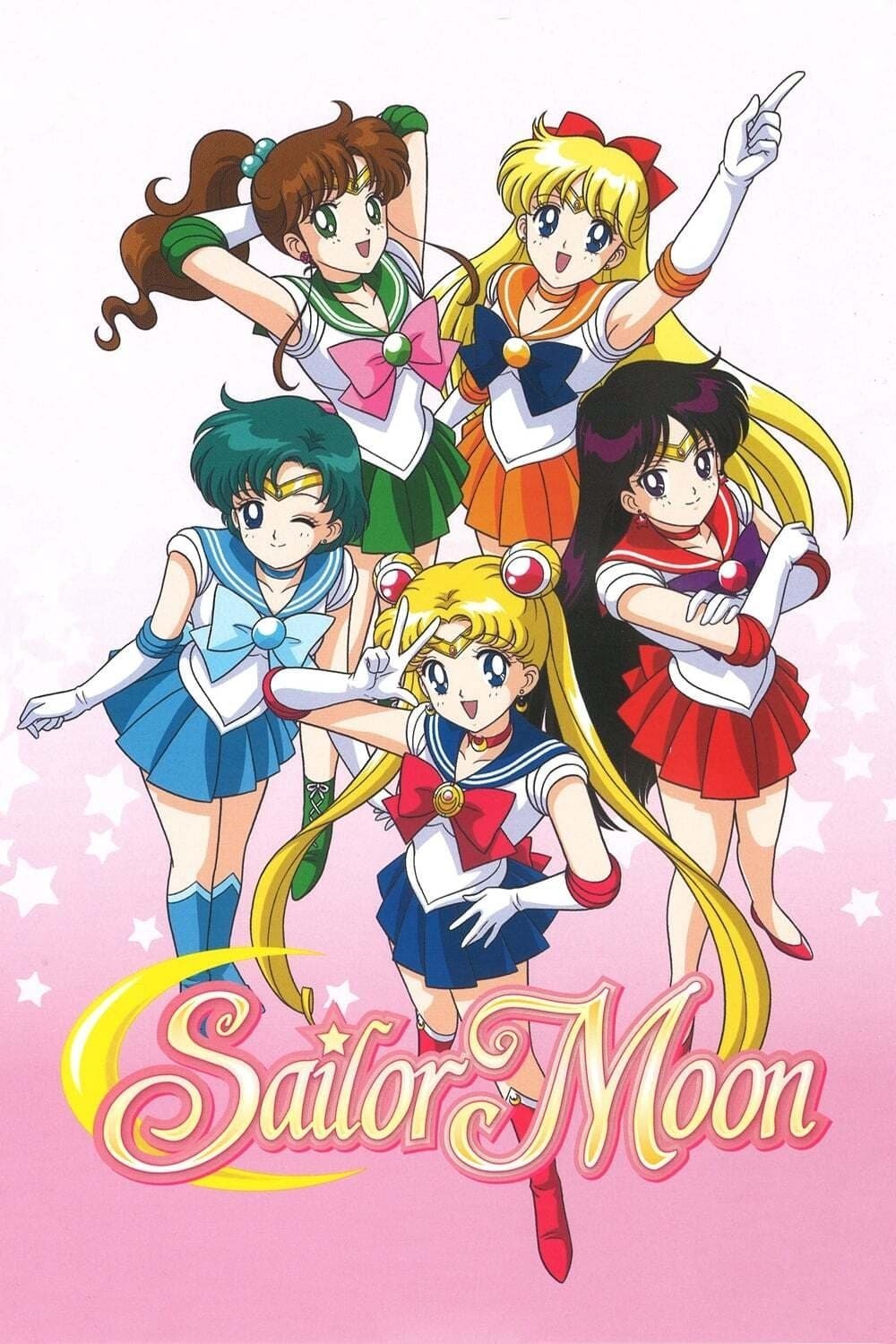
Most copies available are in standard definition and show their age with noticeable flickering and dust. Versions broadcast in different countries were often cut and changed, meaning scenes can appear in different orders or be missing depending on where you watch. The show relies on a formula where each episode follows a similar pattern, which might feel slow-paced to viewers used to faster storytelling. Finally, the original sound quality is limited and doesn’t sound as full or rich as modern remasters.
‘Ranma ½’ (1989–1992)
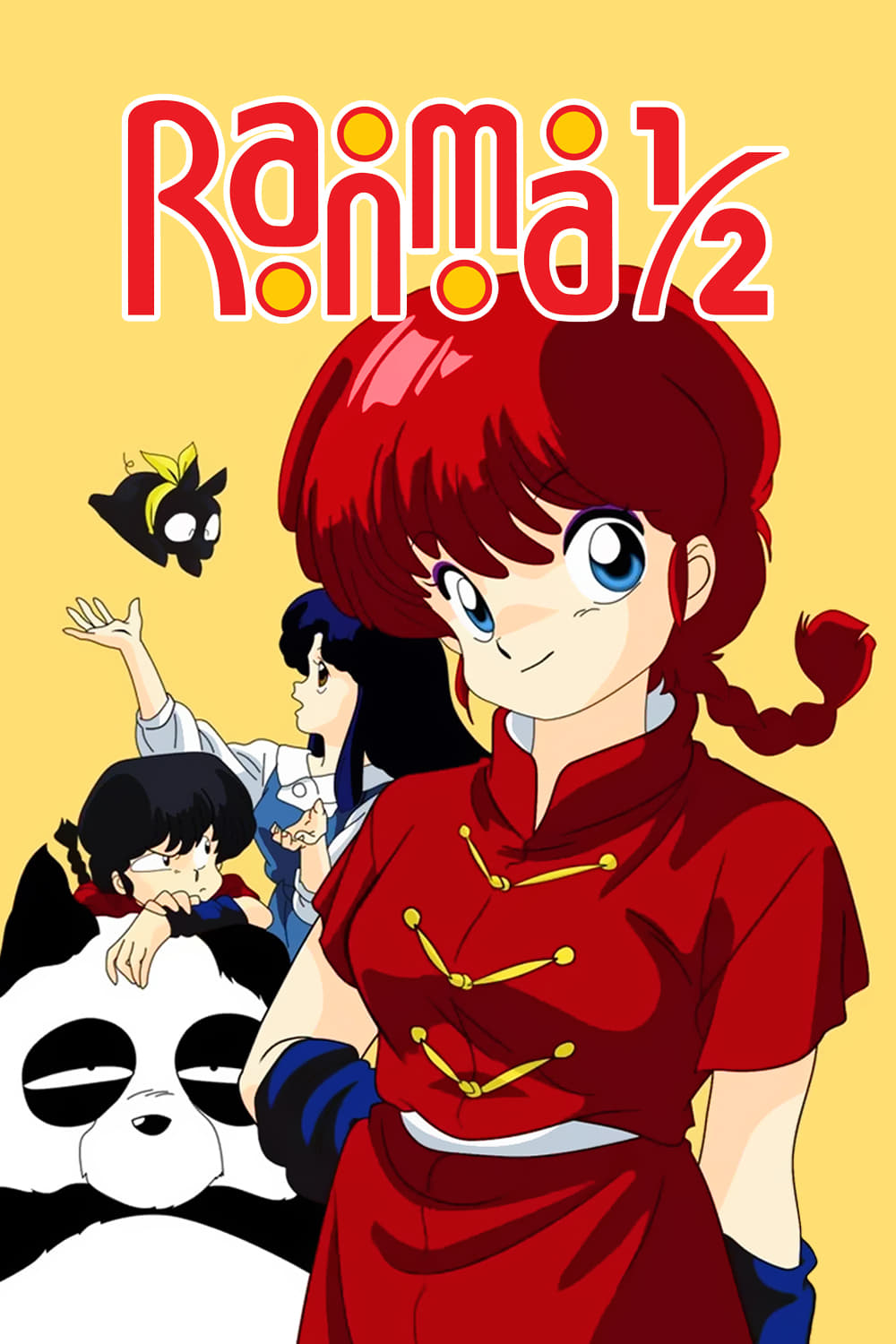
The animation was created for older television formats, resulting in a slightly shaky picture. Different countries received episodes and bonus content at different times, making it hard to watch the show as it was originally meant to be seen. The show relies heavily on recurring jokes and predictable patterns that repeat throughout each season. The colors look like they’re from the late 1980s and appear inconsistent due to issues with older video transfers.
‘Rurouni Kenshin’ (1996–1998)

The Kyoto arc of this series was made with a limited animation budget, often relying on static images and slow camera movements. As the arc progresses, the show introduces storylines not found in the original manga, but these new plots aren’t fully concluded. The older versions of the show are in standard definition and show visual imperfections like dot crawl and color bleeding. Because of changes in licensing agreements, some releases are missing important bonus episodes and specials.
‘Love Hina’ (2000)

When viewed on 4K screens, older digital art and line drawings show noticeable jagged edges and color banding. The show’s humor often comes from characters repeatedly making the same mistakes, with their progress being reset at the end of each episode. The sound quality is basic stereo with a narrow range between loud and quiet sounds, which makes background noises and crowd scenes feel thin. Different home video releases across regions have episodes in different orders and include varying bonus features, making it difficult to collect a complete version of the series.
‘Chobits’ (2002)

As a big fan of older animation, I’ve noticed a few things about this show that really place it in its time. The technology feels very early 2000s – think chunky Android devices and the sound of dial-up! It definitely affects how the story unfolds. Visually, they used a lot of bright, blended colors, but when you watch it now on a modern screen, it can look a little blocky. To get episodes out every week, they often kept the camera fairly still and moved elements around frame by frame. And it’s a bit strange – depending on where you are in the world, you might see slightly different versions of episodes, with scenes being a bit longer or shorter, and even different little title cards. It’s all part of its charm, though!
‘Golden Boy’ (1995–1996)

This older animation was originally made for standard definition TVs, so it doesn’t look as sharp on larger, modern screens and has some visual distortion. Each episode starts fresh with a new focus, which can make it hard to get invested in a longer story. Some of the jokes rely on references to 90s pop culture that might go over the heads of newer viewers. The sound is limited to stereo and older copies have some noticeable static.
‘Elfen Lied’ (2004)
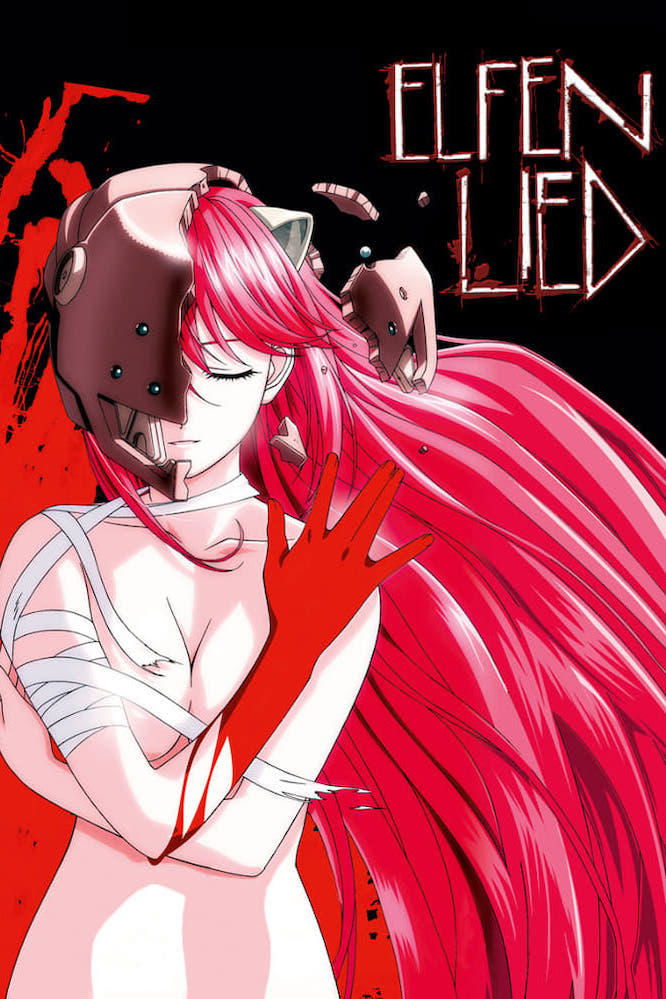
Visually, the show reflects the early 2000s animation techniques used at the time. When viewed on modern screens, the colors can appear washed out or overly dark. Intense and graphic scenes sometimes required edits for television broadcasts, leading to different versions on TV and DVD. Due to tight deadlines, character designs occasionally become inconsistent during quick action sequences. The backgrounds use older, lower-resolution images that are more noticeable when viewed on larger, modern displays.
‘Highschool of the Dead’ (2010)

Computer-generated elements like cars and crowds appear blurry in high definition because they were created at a lower resolution. The original TV version has edits to make it suitable for broadcast that aren’t in later versions released for home viewing, resulting in multiple different cuts of the show. The story references early smartphone use and online forums, which clearly place it in a specific time period. Unfortunately, the series ended without resolving its main storylines, making the final episodes feel rushed and incomplete.
‘Neon Genesis Evangelion’ (1995–1996)
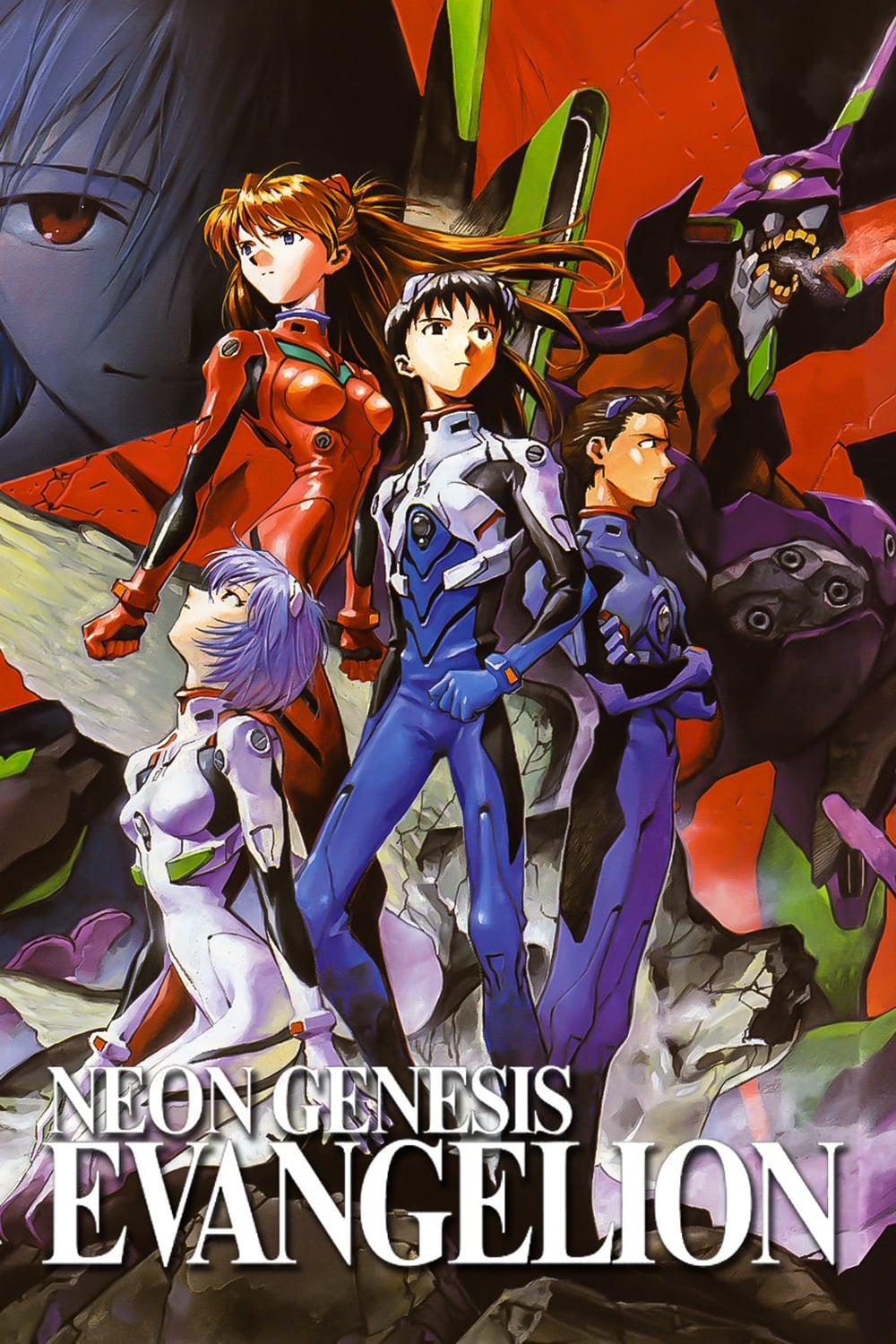
Later episodes of the series switched from film to tape, which results in some noticeable visual noise and color changes. Episodes 25 and 26 rely heavily on still images and text because of budget and time constraints, making them feel different in style from previous episodes. Different versions released on home video and streaming have variations in color and subtitles. To get the best viewing experience, you may need to adjust your display settings to avoid making the image look too sharp.
‘Berserk’ (1997–1998)
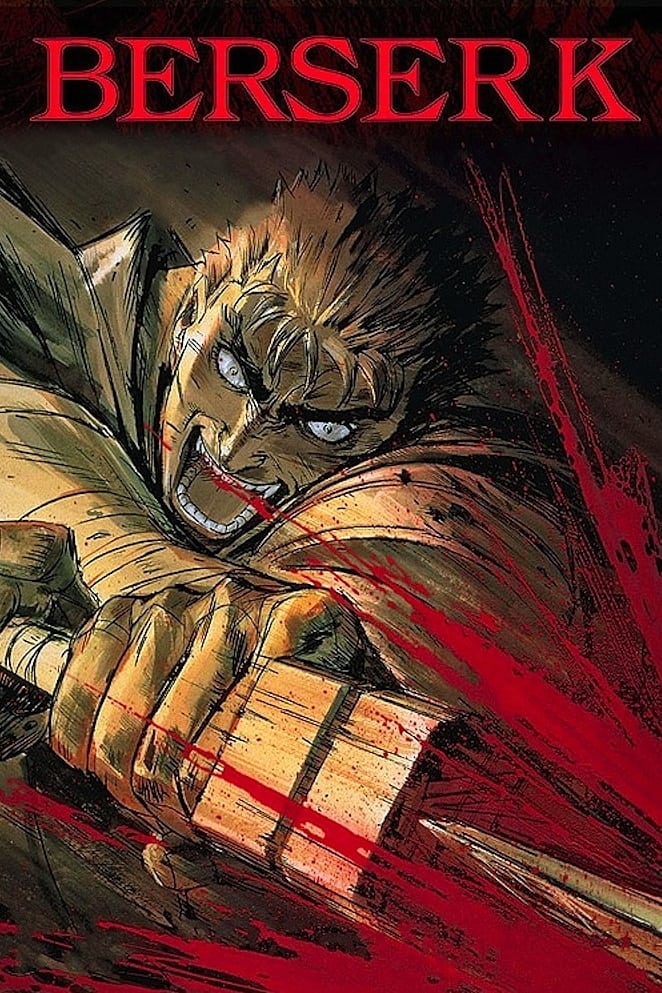
This adaptation uses a simple animation style, combining limited movement with detailed, static images. The sound design features prominent choral music and older sound effects that don’t quite match today’s high-quality audio. The story ends before some of the later parts of the original manga are covered, so viewers new to the series won’t get a complete conclusion. When viewed on 4K screens, the older source material shows noticeable jagged edges on diagonal lines.
‘Trigun’ (1998)

I absolutely adore the artistry of this show! They created the backgrounds by hand-painting them and then used clever tape techniques to give everything a beautiful shimmer. Honestly, the first few episodes felt a little slow to me, as they were more focused on individual stories before diving into the bigger picture – it’s just a different pace than what we’re used to now with streaming. I also noticed the character designs changed slightly from scene to scene, which I learned was because they were working under really tight deadlines each week. Even with the remastered versions, you can still see some of the original effects, and it’s a small reminder of how much work went into making it all happen.
‘Mobile Suit Gundam Wing’ (1995–1996)
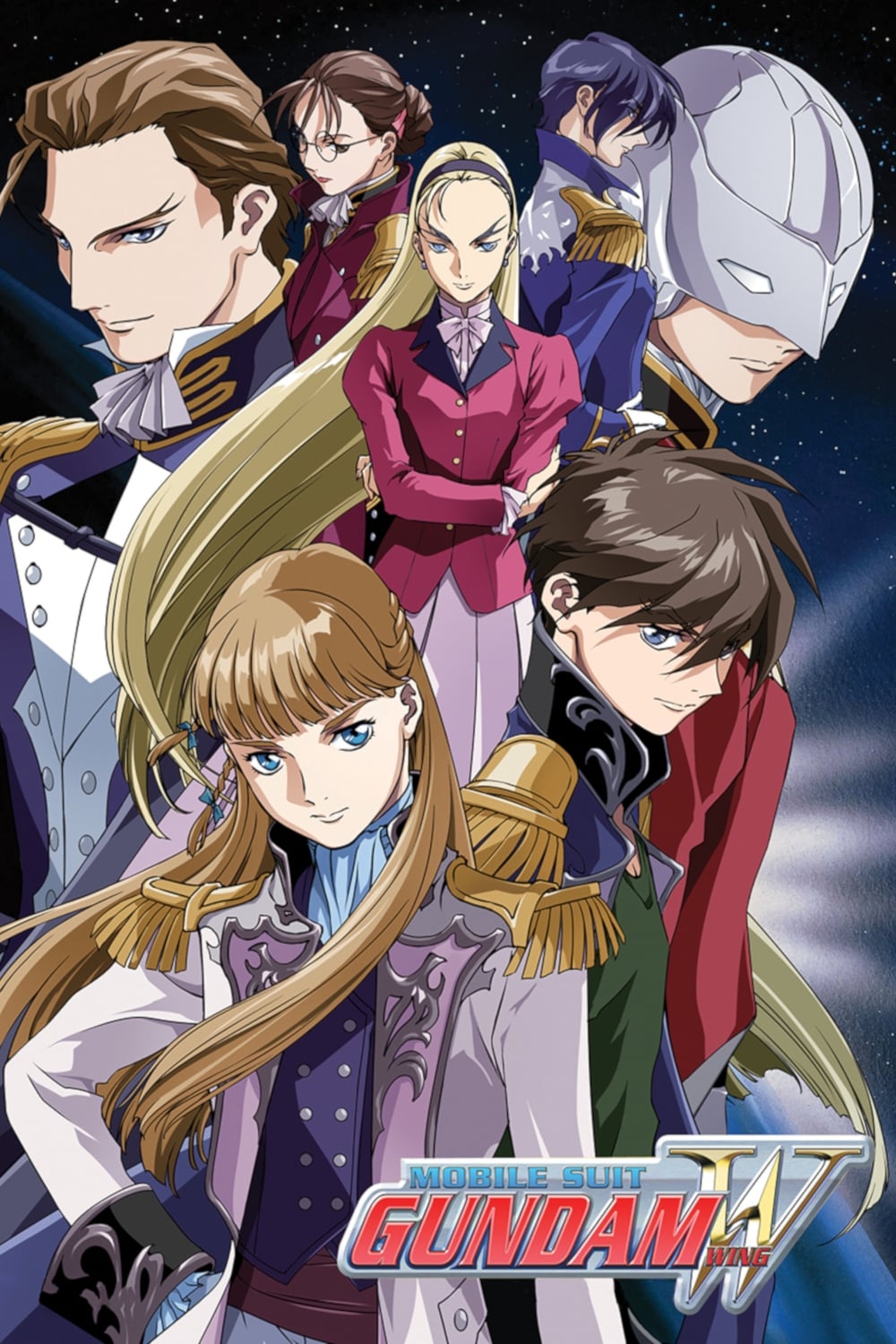
The show uses a blend of traditional hand-drawn animation and pre-made effects for explosions, meaning fight scenes often repeat visual elements. Episodes with a lot of talking tend to deliver large amounts of political background information all at once, unlike newer shows which reveal such details gradually. Older versions of the show keep their original, narrower screen shape and have visual limitations due to the older technology. The sound mixing was done for television broadcast, so the difference between quiet and loud sounds isn’t very wide.
‘Hellsing’ (2001–2002)
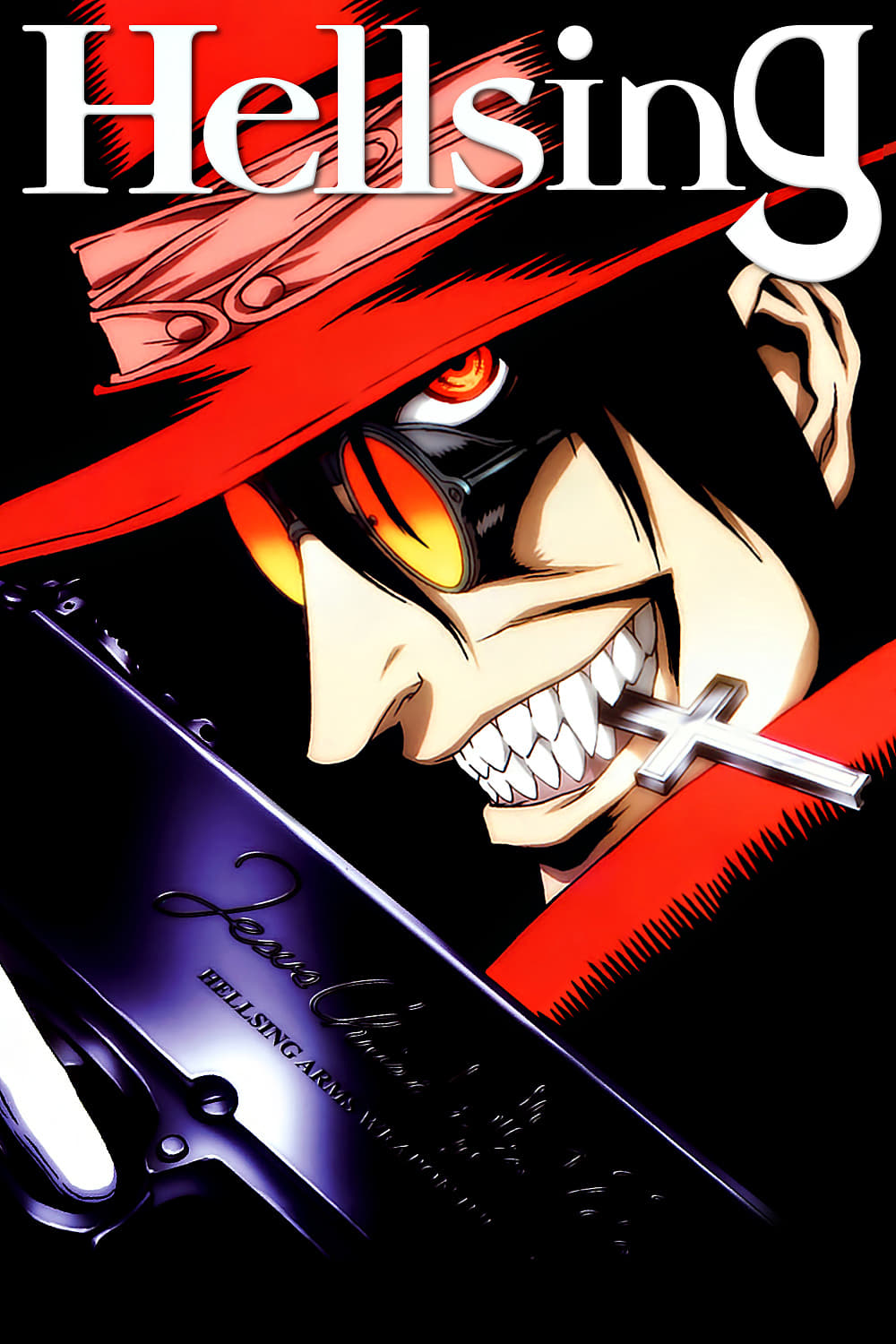
I’ve always been a fan, but it’s a little frustrating how the TV series takes a different path from the original story around the middle – things just kind of end instead of being properly wrapped up. And honestly, when it first came out, the nighttime scenes looked a bit grainy because of the early digital effects. Later on, when they made the OVA versions with much clearer visuals, it really made the TV series look dated. It’s also annoying how the licensing is handled – sometimes the TV series is available where the OVA isn’t, and vice versa, making it hard to find everything!
‘Yu-Gi-Oh! Duel Monsters’ (2000–2004)

International versions of the show underwent significant changes, like altered artwork and dialogue, resulting in several different official storylines. Duels are often drawn out over multiple episodes, with frequent summaries of past events. The original digital animation sometimes appears with noticeable color banding when viewed on today’s screens. Also, the order of episodes and story arcs varies depending on where you watch, making it tricky to follow the story in the correct order.
‘Inuyasha’ (2000–2004)

The initial broadcast stopped before the entire story could be told, so a follow-up series was needed to complete the plot. The animation quality varies – some scenes are fully animated and impactful, while others use simpler, shorter animation to keep up with the weekly schedule. Older versions of the show have noticeable visual flaws like shaky images and dust particles when viewed on large screens. The music sometimes repeats noticeably, especially when watching multiple episodes in a row.
‘Pokémon’ (1997–2002)

The show’s first few seasons were originally filmed for older TVs (4:3 aspect ratio) and broadcast in standard definition. When these episodes are stretched to fit modern screens, they can appear pixelated or jagged. Also, different countries have edited or removed episodes, leading to inconsistencies in what’s available on streaming services. Many episodes follow a predictable pattern – a capture followed by gym battles – without much overall story progression. Finally, the colors sometimes look different depending on the version you’re watching, with some appearing too bright or washed out.
‘Excel Saga’ (1999–2000)
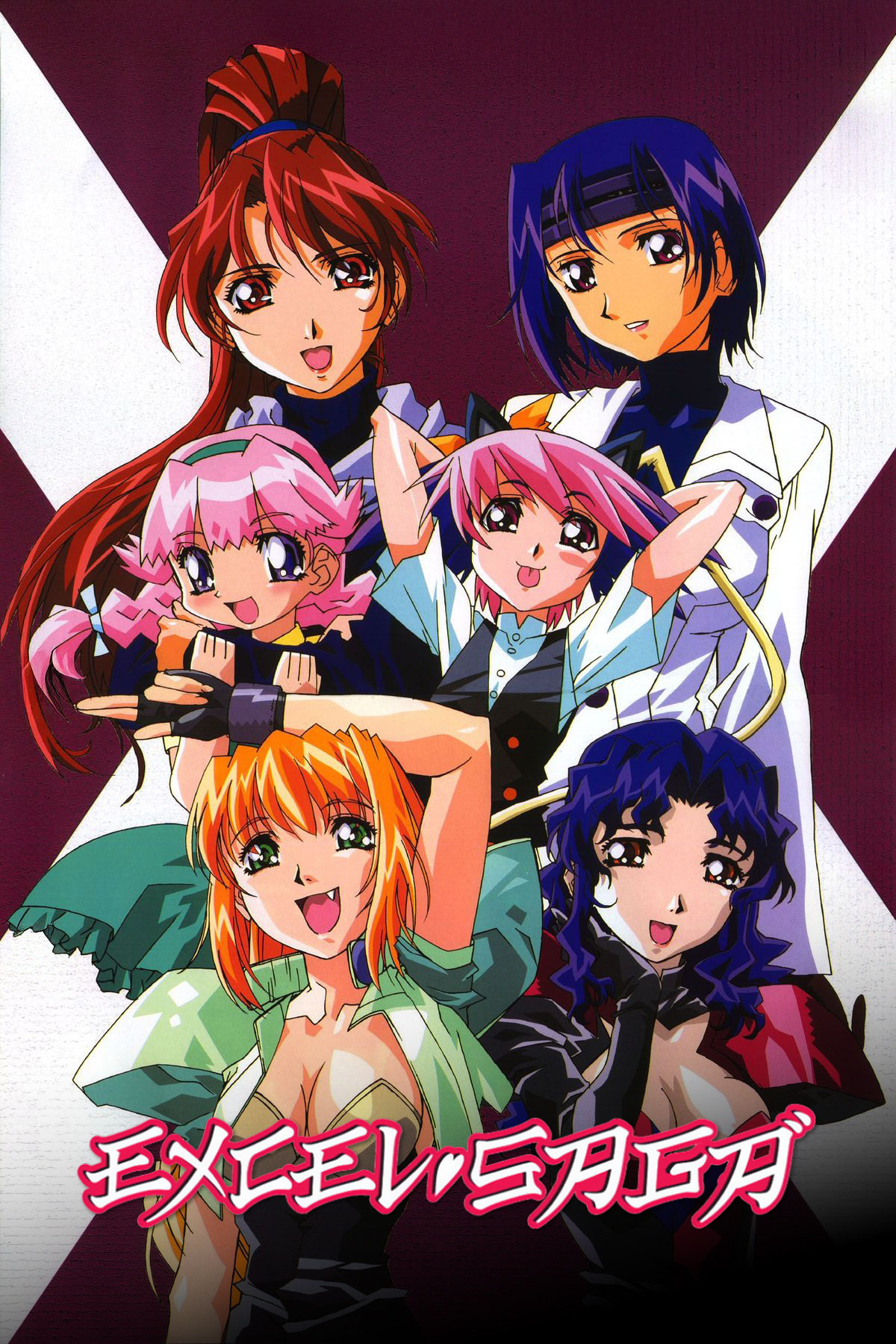
This series quickly spoofs anime and TV shows from the late 90s, relying on references that people from that time will easily understand. The animation is very fast-paced with minimal movement, used to emphasize jokes, but it can become visually exhausting to watch for extended periods. The video quality isn’t great – it’s standard definition with noticeable compression issues, especially when viewed on larger screens. Plus, the 26th episode is only available on a home video release, making it even harder to find.
‘Hand Maid May’ (2000)
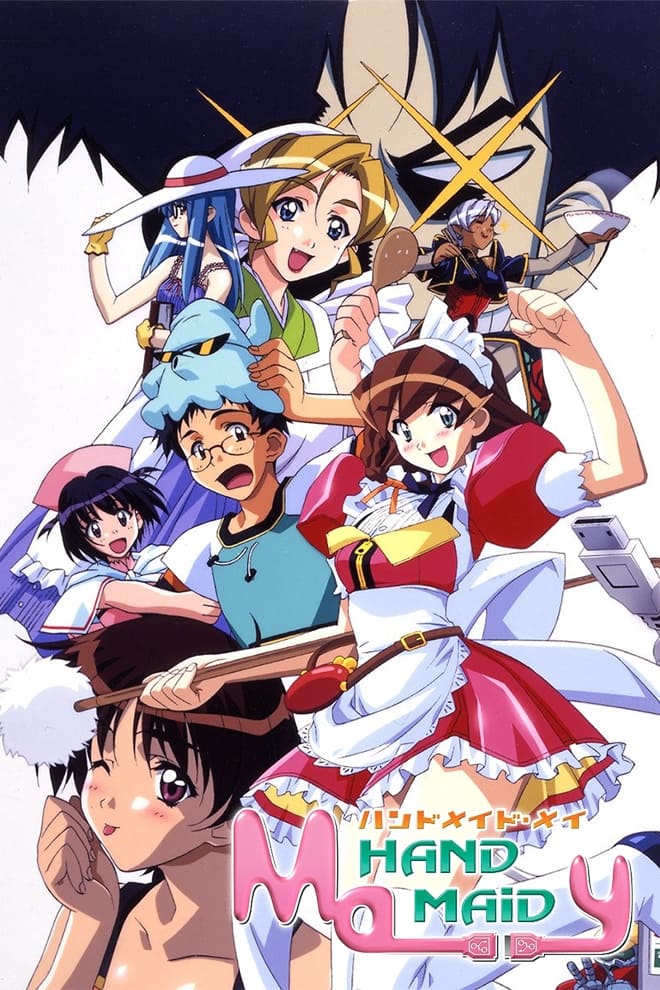
This show is set around the year 2000 and features early personal computer technology and small robot sidekicks, which makes its story feel a bit dated now. The animation, while charming, shows some visual limitations with noticeable banding and shimmering in brighter scenes. With only a few episodes, the characters don’t have as much development as you’d expect in today’s anime. Plus, different releases of the show vary in bonus content and even the closing credits, making it hard to find a consistent version.
Tell us about movies or shows that felt very much of their era, and let us know if you think they still stand up today in the comments below.
Read More
- The Unexpected Triumph of Novo Nordisk: A Dividend Hunter’s Delight
- Gold Rate Forecast
- Top 20 Hilarious Conservative Comedians Ever, Ranked
- Группа Астра акции прогноз. Цена ASTR
- Сегежа акции прогноз. Цена SGZH
- Sadie Sink Spotted on the Set of ‘Spider-Man: Brand New Day’ for the First Time
- Most Famous Jackies in the World
- Robert Kirkman Launching Transformers, G.I. Joe Animated Universe With Adult ‘Energon’ Series
- TIA PREDICTION. TIA cryptocurrency
- AAVE PREDICTION. AAVE cryptocurrency
2025-11-04 00:47